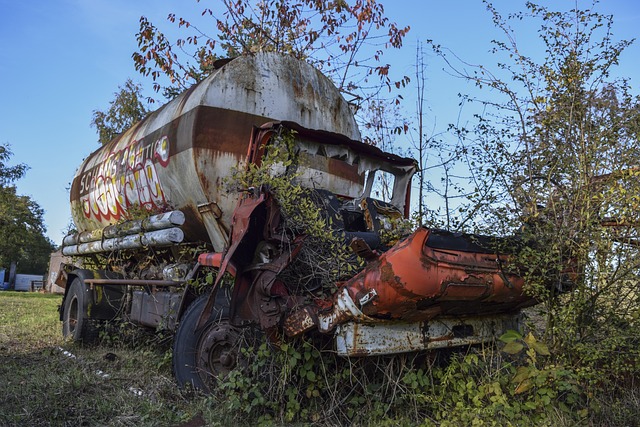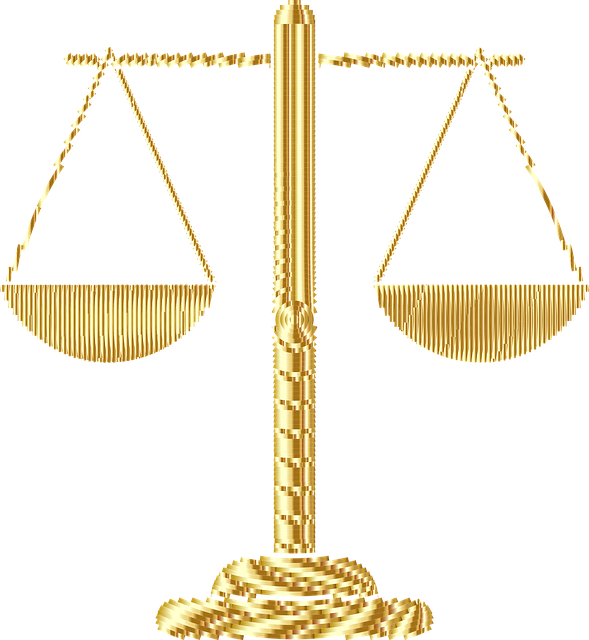After a car accident, law enforcement officers conduct a meticulous investigation to determine fault, focusing on evidence like vehicle damage, skid marks, witness statements, and surveillance footage. They analyze traffic laws, assess vehicle positions, and gather timelines to identify negligence, such as speeding or unsafe lane changes. This comprehensive process ensures justice, aids insurance claims, and is crucial for legal battles involving serious injuries or complex issues, relying heavily on police documentation as unbiased legal records.
“In the aftermath of a car accident, a meticulous investigation process is initiated by law enforcement to unravel the circumstances and assign fault. This comprehensive guide delves into the intricate steps police take during initial investigations, from gathering evidence at the scene to interviewing witnesses. We explore the factors that influence fault assignment, such as vehicle damage assessments and witness statements, providing insights into how traffic laws are applied. Furthermore, we uncover the legal implications of police reports, highlighting their role in insurance claims and potential legal proceedings related to car accident fault.”
- Understanding the Investigation Process: The initial steps taken by police to gather evidence and interview witnesses after a car accident.
- Assigning Fault: The factors considered when determining liability, including vehicle damage assessment, witness statements, and applicable traffic laws.
- Legal Implications and Reporting: How police documentation and findings impact insurance claims and legal proceedings related to the car accident.
Understanding the Investigation Process: The initial steps taken by police to gather evidence and interview witnesses after a car accident.

After a car accident, law enforcement officers play a crucial role in investigating the incident and determining fault. The initial steps involve gathering evidence such as vehicle damage, skid marks on the road, and witness statements. Officers will carefully examine each piece of information to reconstruct the sequence of events leading up to the collision. This includes interviewing witnesses, reviewing surveillance footage (if available), and documenting physical evidence at the scene.
The goal during this phase is to gather facts that help establish a clear understanding of how the accident occurred and who may be at fault. Police will look for signs of negligence, such as speeding, distracted driving, or failure to yield, which can significantly impact their decision on assigning liability. A thorough investigation ensures a fair assessment and provides valuable insights for both insurance claims and potential legal proceedings, including cases involving serious injuries or complex real estate litigation.
Assigning Fault: The factors considered when determining liability, including vehicle damage assessment, witness statements, and applicable traffic laws.

When investigating a car accident to determine fault, police officers carefully weigh multiple factors. They assess vehicle damage to understand the extent of the collision and identify visible signs that might indicate liability. For instance, the position of vehicles in relation to each other can provide clues about who ran a red light or made an unsafe lane change.
Witness statements are also crucial components of the investigation. Police officers speak with individuals present at the scene to gather accounts of what transpired. These statements help establish timelines and validate or contradict initial assumptions about fault. Additionally, they scrutinize applicable traffic laws specific to the location of the accident. Violations of these rules can be decisive factors in assigning car accident fault, leading to potential charges for violations like speeding, failure to yield, or driving under the influence. Even in cases where the physical evidence is inconclusive, a thorough understanding of the law guides officers in their decisions on caregiver negligence, slip and fall injuries, or car accident injuries based on who breached safety protocols first.
Legal Implications and Reporting: How police documentation and findings impact insurance claims and legal proceedings related to the car accident.

Police documentation plays a pivotal role in establishing fault following a car accident. Their detailed reports, including witness statements, evidence collection, and damage assessments, serve as crucial legal documents. These reports directly impact insurance claims, influencing the process of compensation for losses incurred during the incident. In cases where liability is disputed, police findings can be determinative in legal proceedings, shaping the argument for fault assignment.
Accident settlements often hinge on these official records, as they provide an unbiased account of what transpired. This documentation is essential not only for resolving insurance claims but also for potential civil or criminal litigation related to the car accident. Furthermore, in cases involving product liability or slip and fall incidents, police reports can offer vital insights, ensuring a thorough investigation and fair assessment of responsibility.
In investigating car accidents and assigning fault, police follow a meticulous process that involves gathering evidence, interviewing witnesses, and assessing damage. Their findings play a crucial role in determining liability, influencing insurance claims, and even legal proceedings. By considering witness statements, vehicle damage assessments, and applicable traffic laws, police ensure a fair and just outcome for all parties involved in a car accident.






